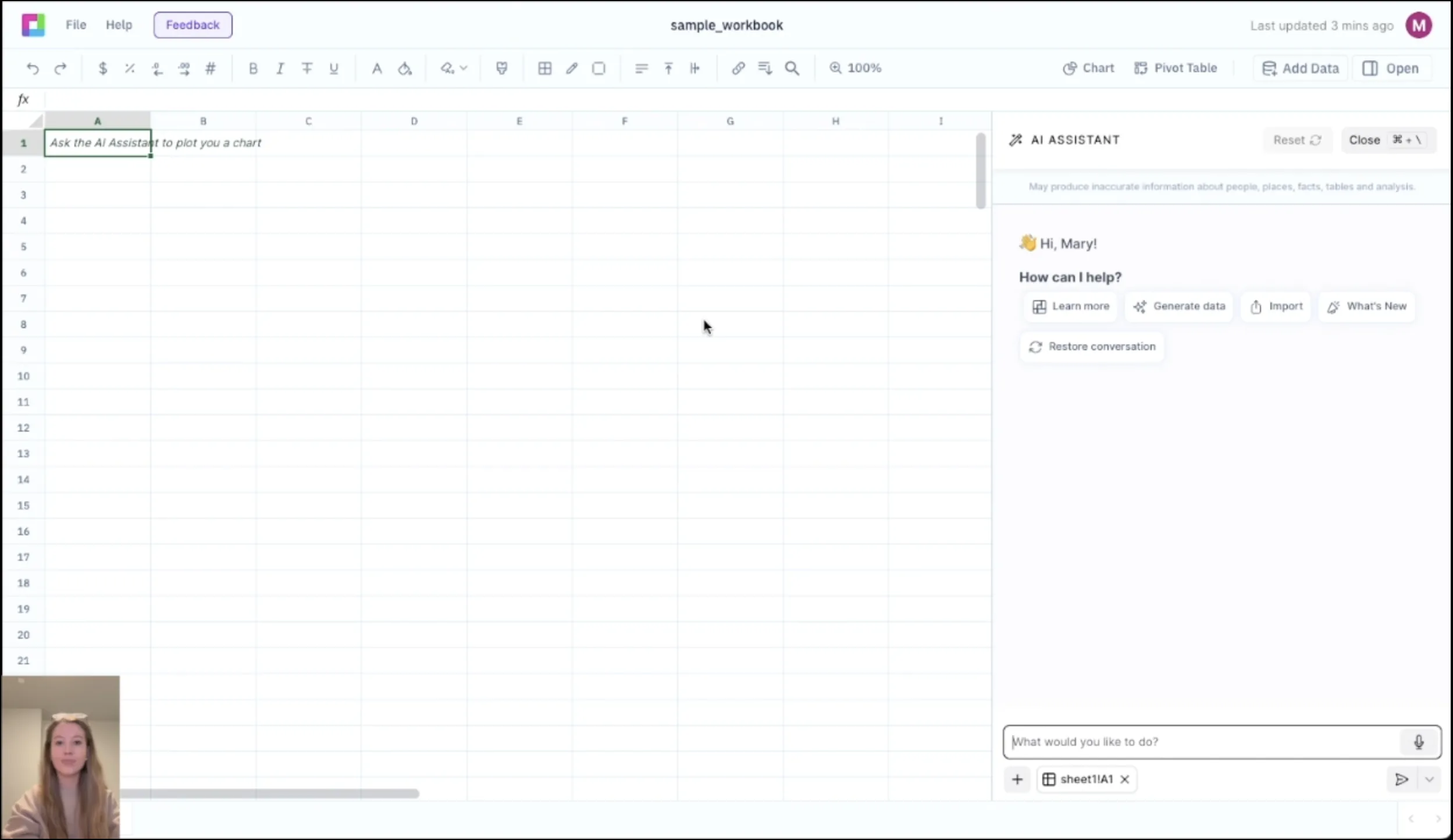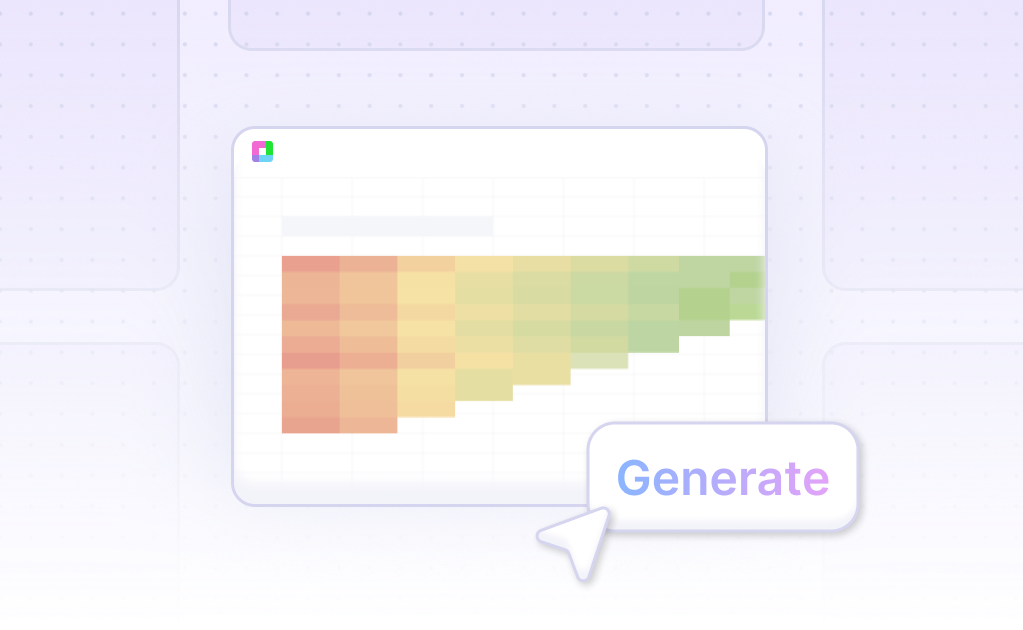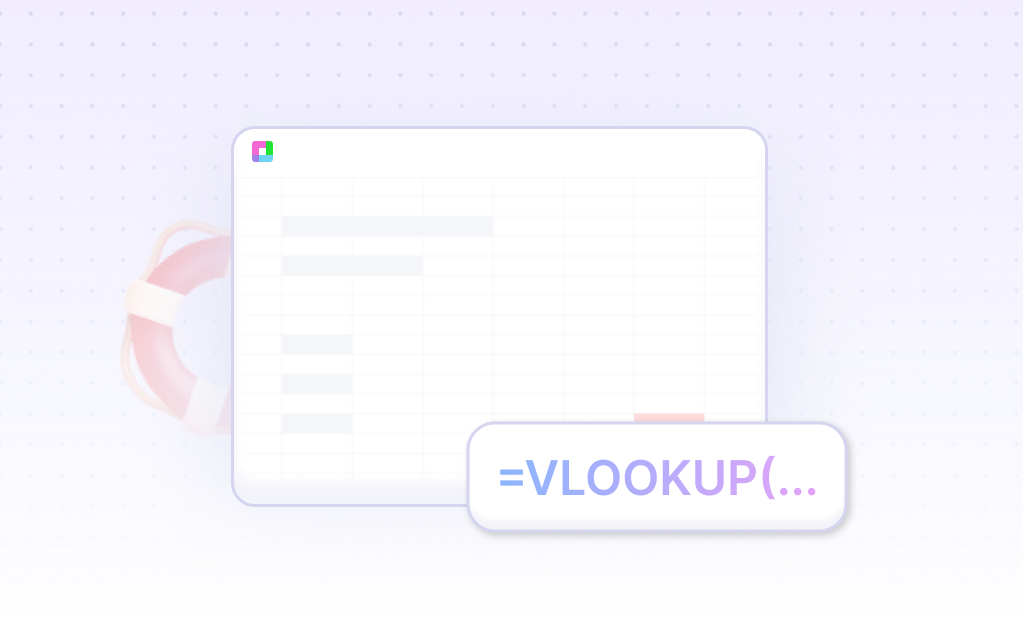
Predict the Future with Advanced Forecasting Models
Accurate forecasting is essential for business planning, inventory management, and strategic decision-making. Our Forecasting Model Template provides comprehensive tools to analyze historical data, identify trends, and predict future values using proven statistical and machine learning techniques.
From sales forecasting to demand planning, make data-driven predictions about the future. Built for analysts, planners, and business leaders, this template helps you reduce uncertainty, optimize resources, and make confident strategic decisions.
Comprehensive Time Series Forecasting
Trend & Seasonality Analysis
Decompose time series data to identify underlying trends, seasonal patterns, and cyclical components. Understand the structure of your data to choose the most appropriate forecasting method.
Moving Averages & Exponential Smoothing
Apply simple and weighted moving averages, exponential smoothing, and Holt-Winters methods for different data patterns. Automatically optimize smoothing parameters for best fit.
ARIMA Modeling
Implement AutoRegressive Integrated Moving Average (ARIMA) models for sophisticated time series forecasting. Includes model selection, parameter estimation, and diagnostic checking.
Seasonal Forecasting
Handle seasonal data with specialized seasonal decomposition and forecasting methods. Account for multiple seasonal patterns and irregular seasonal effects.
Advanced Predictive Analytics & Modeling
Regression-Based Forecasting
Use linear and polynomial regression models to forecast based on explanatory variables. Incorporate external factors and leading indicators into your forecasting models.
Ensemble Methods
Combine multiple forecasting methods to improve accuracy through ensemble techniques. Weight different models based on their historical performance and reliability.
Forecast Accuracy Metrics
Evaluate forecast performance using MAE, MAPE, RMSE, and other accuracy metrics. Compare different forecasting methods and select the best performing model.
Confidence Intervals & Uncertainty
Generate prediction intervals and confidence bands around forecasts. Quantify forecast uncertainty and provide probabilistic predictions for risk management.
Frequently Asked Questions
How much historical data do I need for forecasting?
The template provides guidance on minimum data requirements for different forecasting methods. Generally, you need at least 2-3 seasonal cycles for seasonal data, or 20-30 observations for non-seasonal data.
Which forecasting method should I use?
The template includes a decision framework to help you choose the best method based on your data characteristics, forecast horizon, and accuracy requirements. It compares different methods automatically.
Can it handle missing data points?
Yes, the template includes interpolation methods to handle missing values and gaps in time series data. It provides options for linear, polynomial, and seasonal interpolation.
How do I validate forecast accuracy?
The template includes cross-validation techniques and out-of-sample testing to validate forecast performance. It provides multiple accuracy metrics and backtesting procedures.
Can it forecast multiple related variables?
The template supports multivariate forecasting using Vector Autoregression (VAR) models to forecast multiple related time series simultaneously while accounting for their relationships.
Related Forecasting Tools
Connect your most-used data sources and tools to Sourcetable for seamless analysis.
Frequently Asked Questions
If you question is not covered here, you can contact our team.
Contact Us





